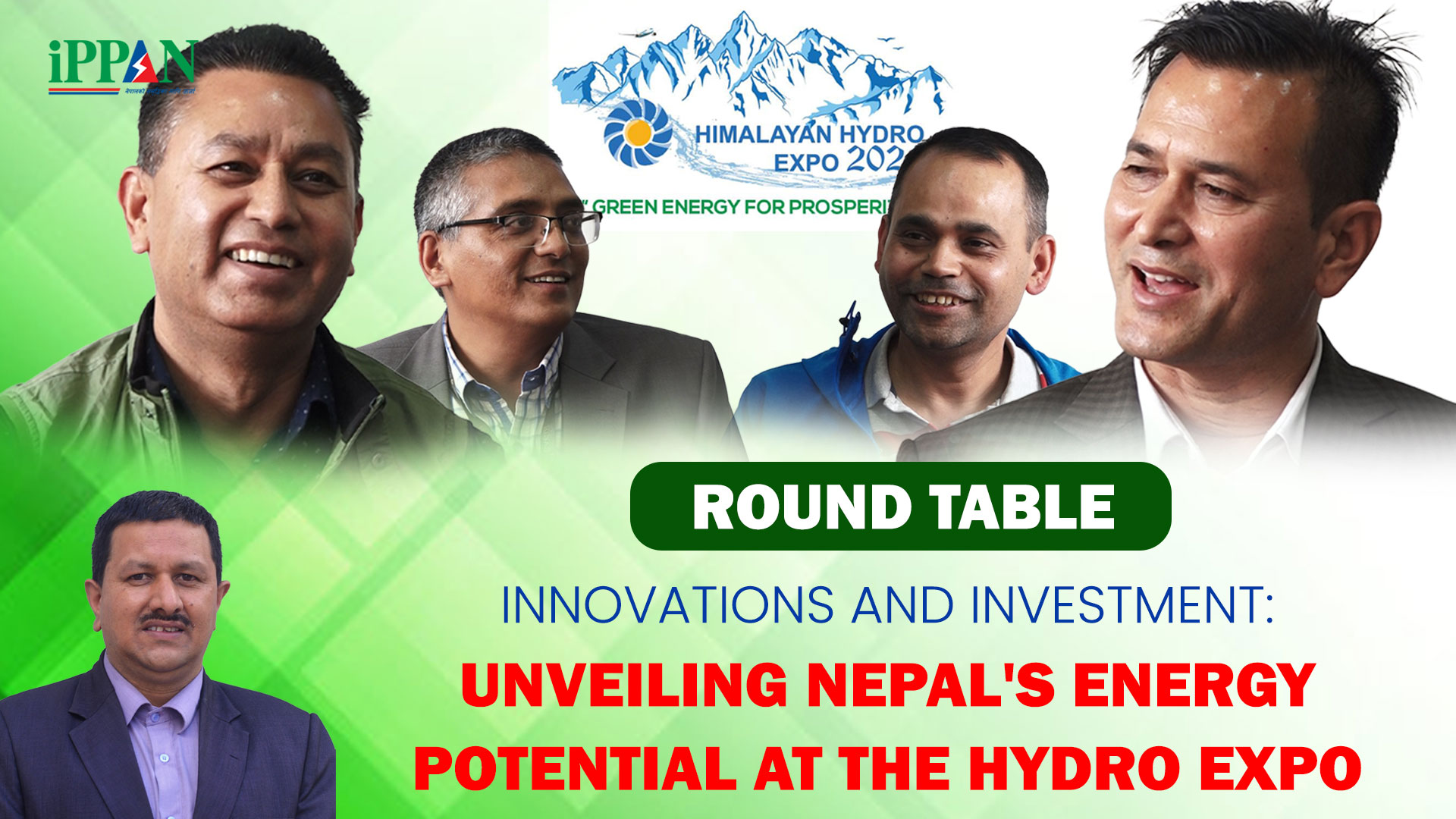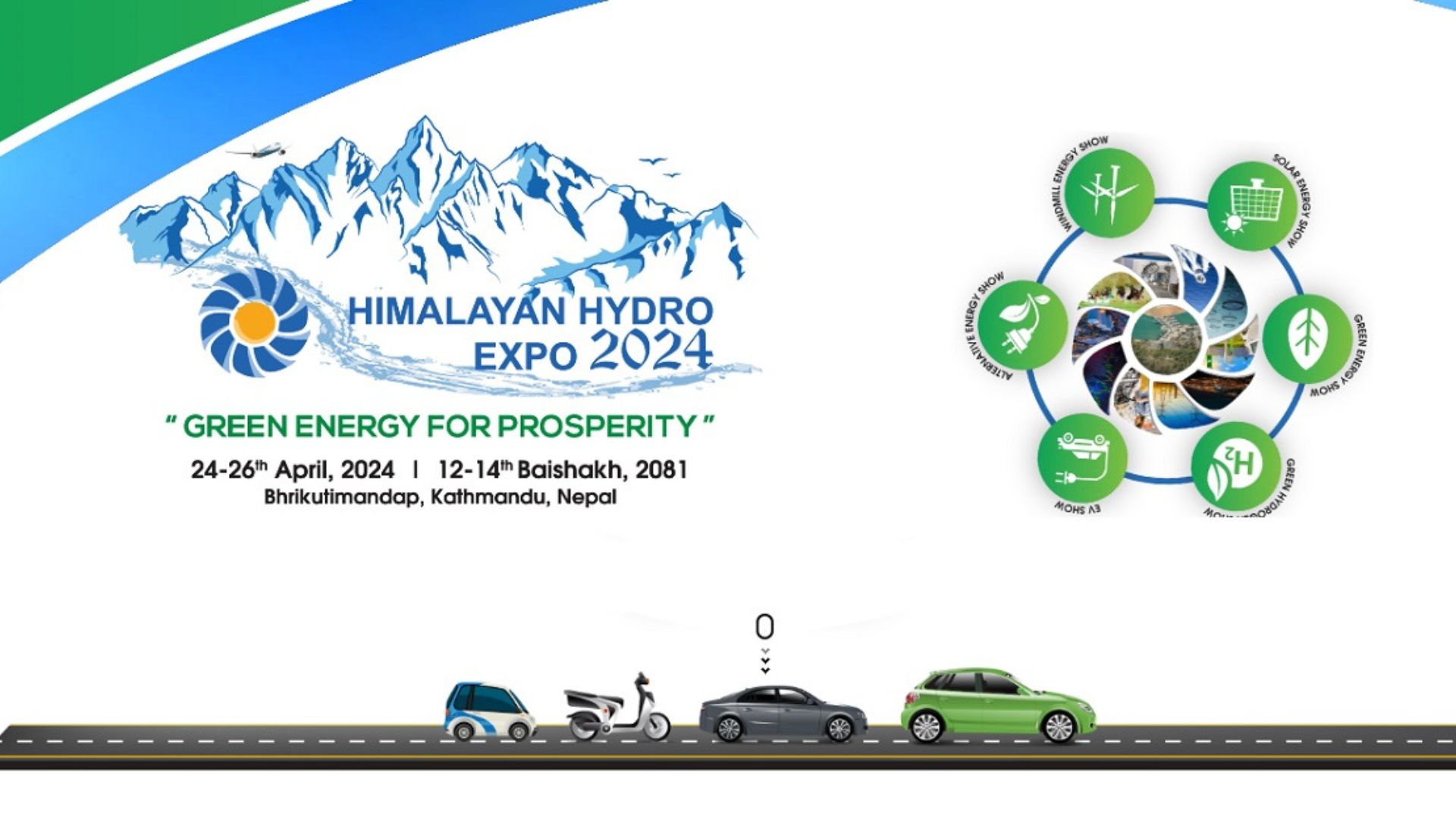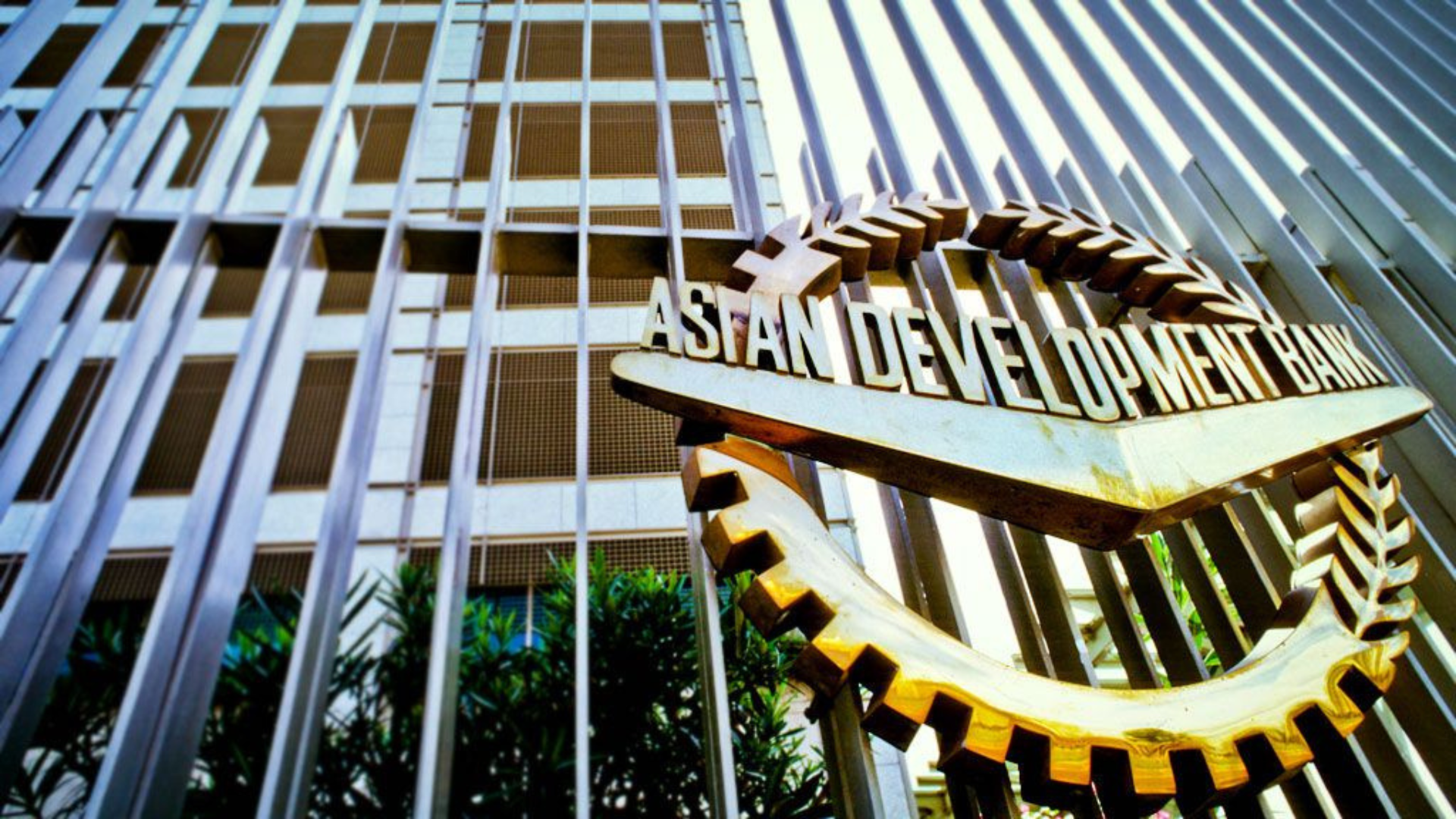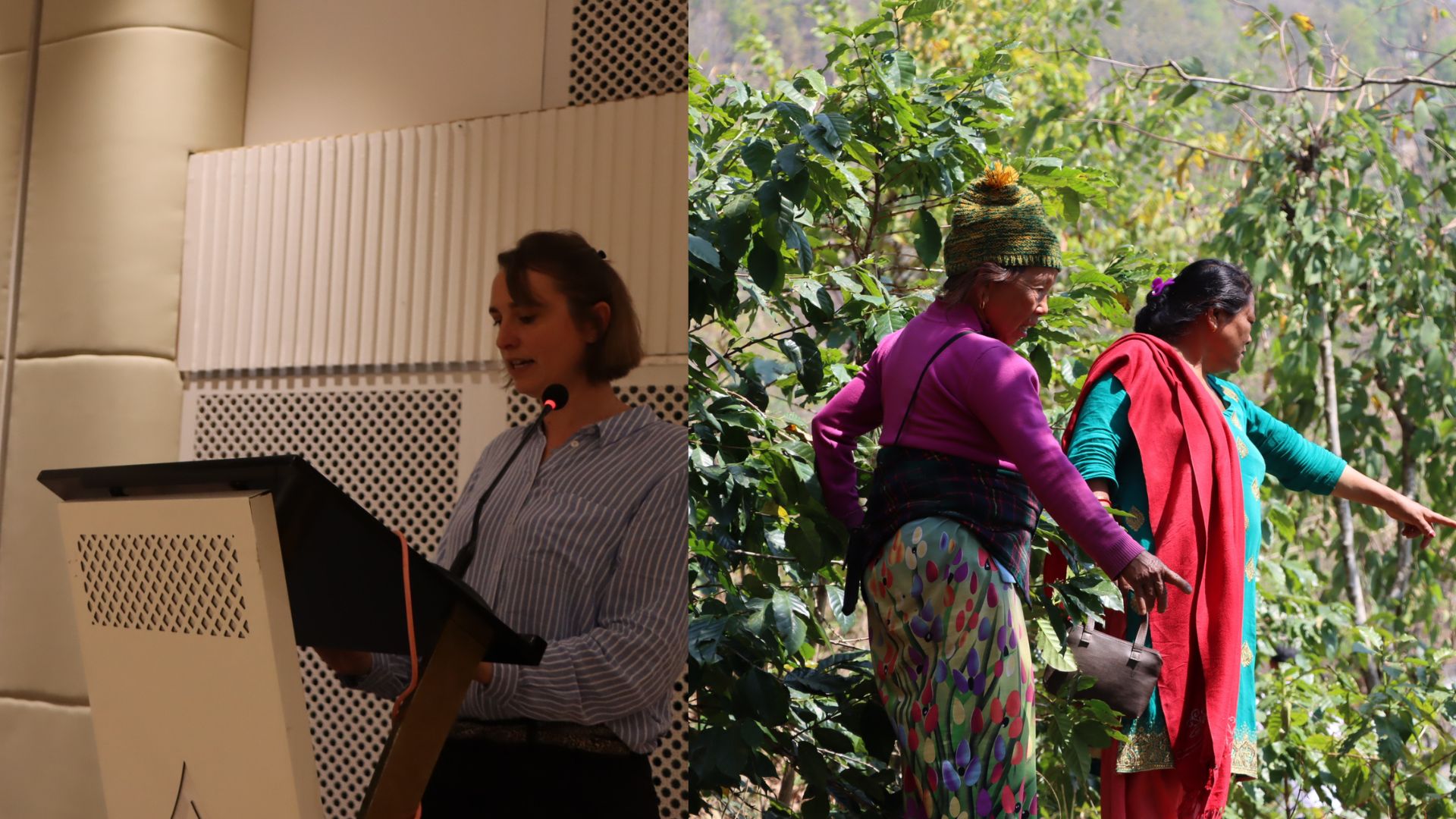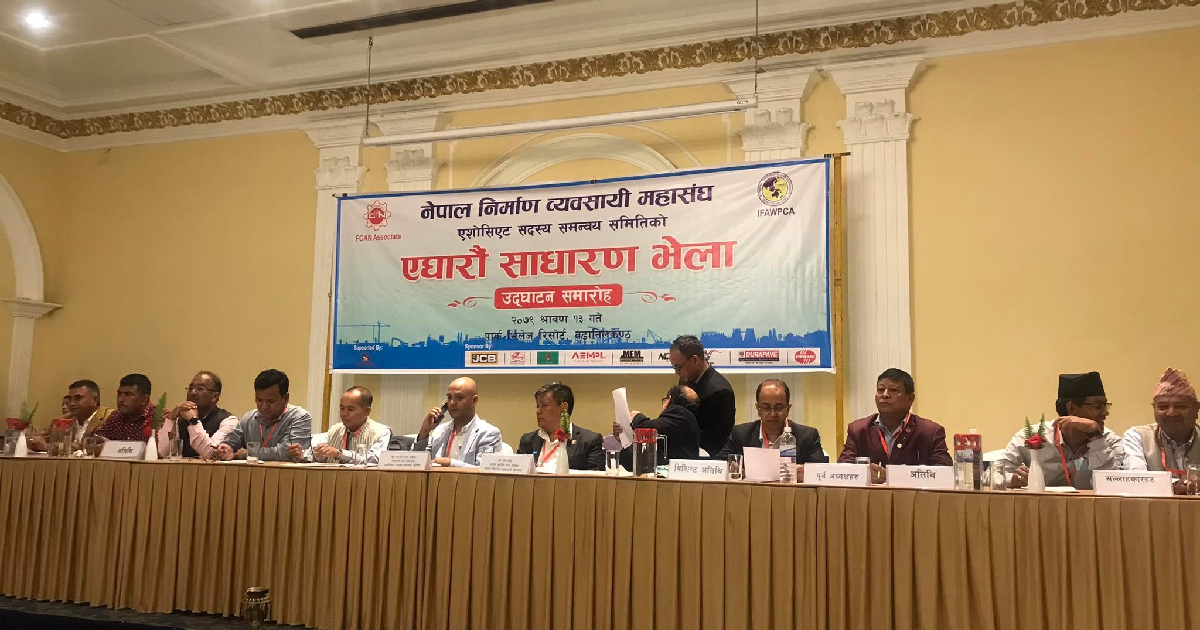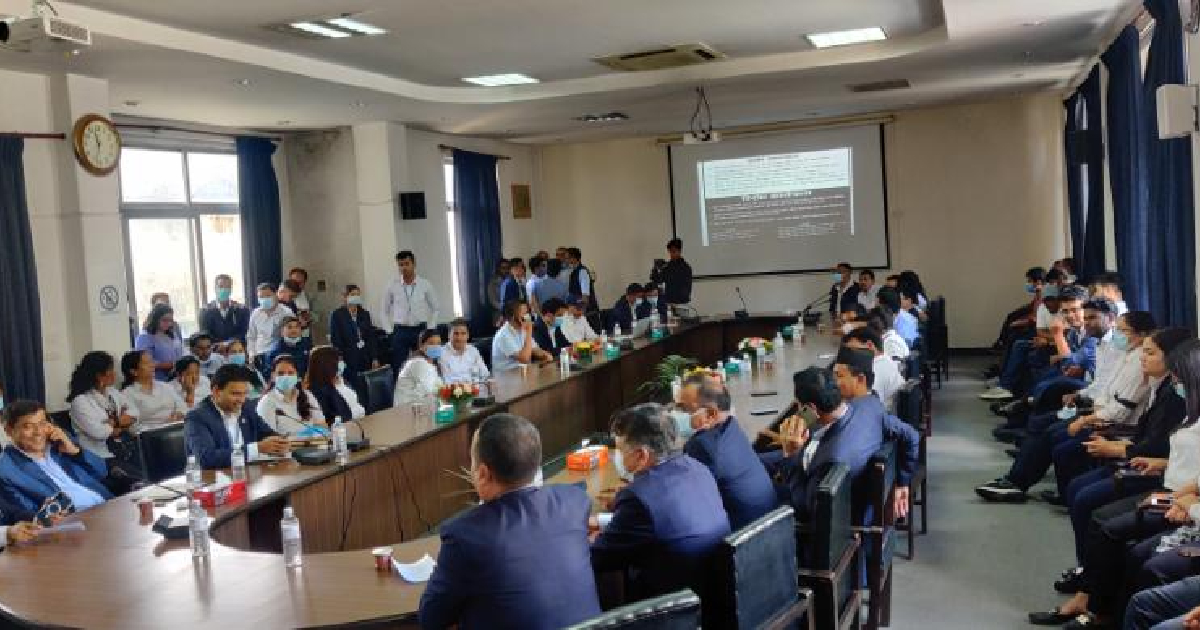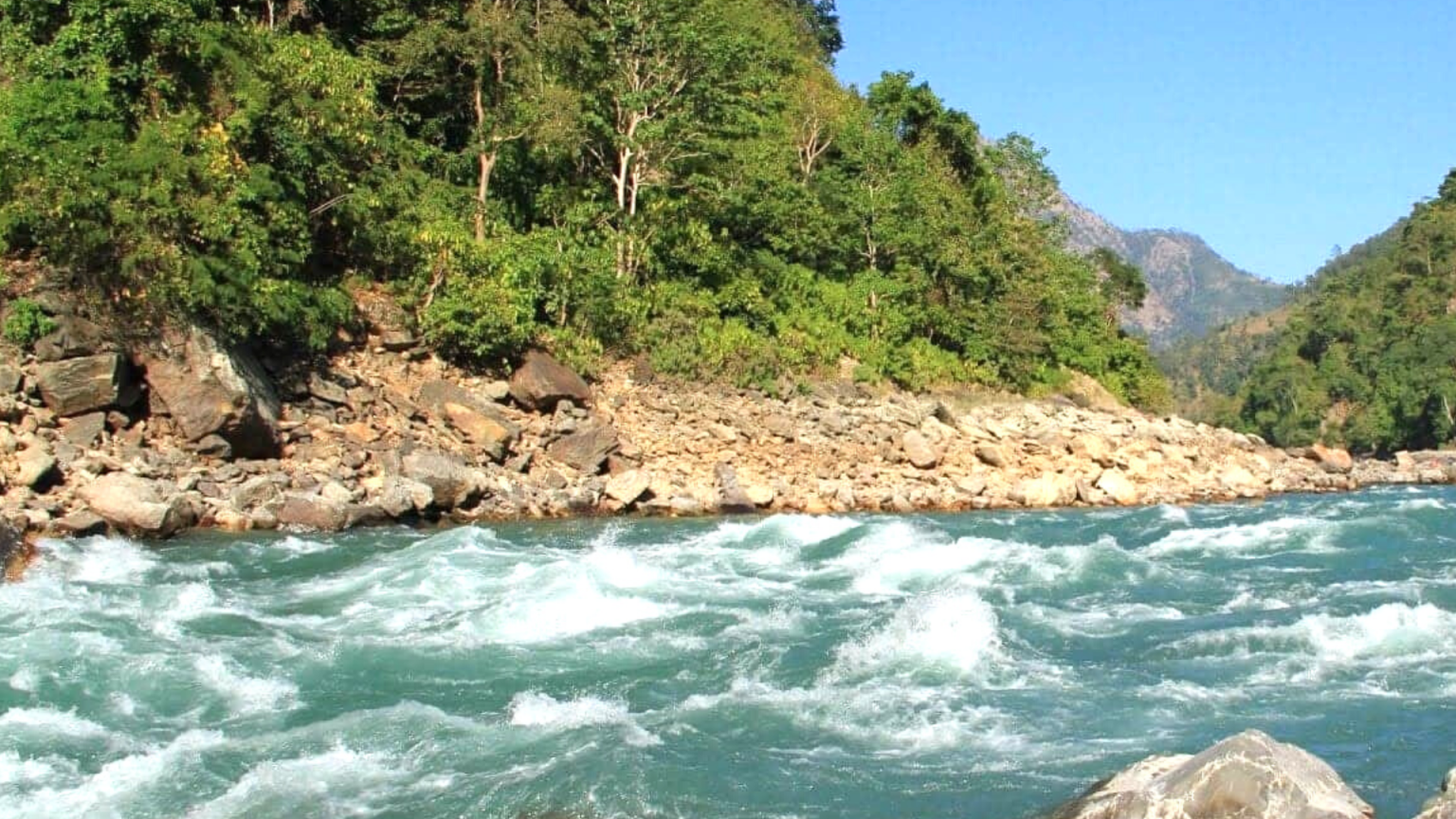

KATHMANDU: Political parties are currently busy with door-to-door campaigns for the upcoming elections of the House of Representatives and the Provincial Assembly scheduled on November 20. The issues of infrastructure and development are obviously high on the agenda. Among the infrastructures, hydroelectricity projects are widely featured in the election manifestos.
However, if we analyze the manifestos of the parties, there is a dearth of convincing ground to trust that they are implementing the high-sounding election pledges.
Although it is not impossible to implement the promised development projects, given the track record of the past governments, people are not convinced that they can walk the talk.
Among the infrastructure sectors, all political parties have given special priority to generating and exporting energy. As per tentative estimation, Nepal holds a capacity of commercially generating 83,000 MW of hydroelectricity.
Both the government and the private sector are active in this sector. According to the data compiled by the Department of Electricity Development (DoED) projects with a combined stalled capacity of 25,000 MW are under study and construction.
Data compiled by the Nepal Electricity Authority (NEA), electricity generation in the country reached 2200 MW. The manifestos of major political parties CPN-UML, Nepali Congress, and CPN-Maoist Center for the coming elections are full of hollow promises without any concrete road map for the implementation of the declared plans.
In the 2013 election manifesto, UML did not mention the quantity of electricity generation while its manifesto in 2017 included a target of generating 15,000 MW within ten years. For this year’s elections, it has pledged to produce has been 6500 MW in five years.
The Nepali Congress’s manifesto in 2013 promised to generate 5000 MW and the same target was repeated in 2017. This time Nepali Congress doubled the target.
In 2013, the Maoists Center’s manifesto released a plan to generate 10,000 MW while it increased to 15000 MW in 2017. However, the party turned down the target to 5000 MW within five years.
It is a fact that only 2200 MW was generated over the 111-year history of Nepal’s power generation. People are now well aware of the weak delivery capacity of the government. Though targets seem ambitious, they are not impossible to achieve if the government has willpower and readiness.
Contrary to the election pledges of the political parties, they are showing indifference to policy reforms that are vital to the development of electricity in the country. The Electricity Bill which is aimed at promoting the export of electricity through the private sector is now collecting dust in the parliament as parties demonstrated their apathy in involving the private sector in the power trade.
There is a moratorium on the Power Purchase Agreement (PPA) for the last four years as NEA stated that the quota for the Run of River project has finished.
Shailendra Guragai, the former president of the Independent Power Producers Association (IPPAN) said the parties became irresponsible to implement their manifestos and failed to give priority to hydropower generation.
Kumar Pandey, consultant of IPPAN, the political parties showed their lack of interest in power development in practice and showing lip services in manifestos.


